It’s late August and this this is the newsletter that we (AgriLife Extension School IPM Team) welcomes everyone back to school. As I write this newsletter the weather advisory for Texas isn’t just hot, but hurricane preparedness. When I look at the map of Texas being covered I realized almost half of the schools in the state could be impacted by Hurricane Harvey. So, for this newsletter I will share some educational materials you can use with staff not just for IPM, but also for storm safety.
As Harvey strengthens in the Gulf of Mexico, experts predict widespread flooding and wind damage will occur.
FOR SCHOOL EMPLOYEES AND PUBLIC
From Texas A&M AgriLife Extension Press Release by Paul Schattenberg

Image from creative commons on what a school flood can look like.
“We’re expecting Harvey to bring a lot of rain and flooding over a large area of the state and as he intensifies, some strong winds as well,” said Dr. Andy Vestal, AgriLife Extension specialist in emergency management, College Station. “The storm system may also spur tornadic activity.”
Vestal said people in both urban and rural areas of the state should take steps to prepare for what may come from this storm system to minimize damage and reduce the impact of its aftermath.
He said the Texas Extension Disaster Education Network, Texas EDEN, at http://texashelp.tamu.edu/ has a variety of materials on disaster preparation and recovery.
Vestal reminds everyone to avoid being trapped by a flood, it’s best to evacuate before flooding starts. “Listen to the radio, TV or NOAA Weather Radio and follow directions from local officials regarding evacuation or seek high ground if you experience localized flooding in your area,” he said. “Be prepared to evacuate quickly… know your routes and destinations and where there’s an emergency shelter. If you’re trapped by a flash flood, keep out of flooded areas and away from moving water, whether you’re on foot or in a vehicle. Always remember to turn around, don’t drown.”
Dr. Joyce Cavanagh, AgriLife Extension family development and resource management specialist, College Station, said one of the best things Texans can do to prepare for an emergency is map out a family evacuation plan ahead of time and practice it. The plan should include establishing escape routes and making sure to include all members of the household in a practice session.
“People should also have an emergency kit for their home, office and each vehicle,” Cavanagh said. “The kit should contain enough supplies to take care of immediate family members for at least three days.”
She said some essential kit contents include bottled water, non-perishable foods, a hand-operated can opener, mouth/nose protection masks, extra clothing, first-aid kit, gloves, blankets, toiletries, battery- or hand-powered flashlight, weather radio, spare batteries, garbage bags, medications and anti-bacterial cleaners or wipes.
The Texas A&M AgriLife Extension Service has a series of Public Service Announcements available for media use to help people learn how to clean up and stay safe after the storm. School Personnel, some of these items can help you organize your schools and community if disaster strikes.
PSAs with their scripts, can be found at https://today.agrilife.org/issues/hurricane-information/, then click on English or Spanish. These PSAs are free for broadcasters and also may be used on print or broadcast media and emergency assistance websites. Free educational materials about preparedness and recovery can be found at http://bit.ly/2vsJrQT.
For School IPM Coordinators and Pest Management Professionals:
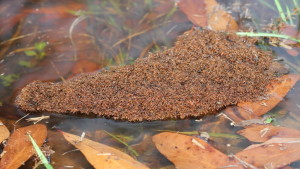
Fire Ant Raft that can form after a major storm Photo by Sandwedge
After the storm insects, vertebrates, and reptiles will be on the move. If you need materials to assist you with controlling a variety of pests visit our Pest Management Plans section on the School IPM Website or contact any of us with AgriLife Extension to assist you.
U.S. EPA Announces New on-Demand School Integrated Pest Management Videos Now Available
Access EPA’s new on-demand webinar series about a variety of integrated pest management (IPM) topics. You can increase your knowledge about IPM as time permits during the day and school year. Help make their environments (and yours) pest free using IPM strategies. Learn about pest management strategies you can implement now.
You can also find these training modules and more at the iSchoolPestManager website under Training in the document toolbox.
Let the Binge Watching Begin!
Recently the U.S. EPA also released Pest Control in the School Environment: Implementing Integrated Pest Management (IPM). The publication is an update to its popular 1993 publication, Pest Control in the School Environment: Adopting Integrated Pest Management (IPM). The updated version reflects recent innovations in school IPM, provides links to new information, and has been redesigned into an easily printable format. It provides an overview of IPM and details the steps a school can follow to establish an IPM program.
As a smart, sensible, and sustainable approach to pest control, IPM reduces the need for routine pesticide use by utilizing sanitation, maintenance, monitoring, pest exclusion, habitat modification, human activity modification, and the judicious use of pesticides.
Throughout the nation, schools that have adopted IPM report long-term, sustainable pest mitigation that both reduces the use of pesticides and is cost effective. Because protecting the health of children is important, EPA recommends that all school districts implement programs that promote integrated pest management and the safe use of pesticides. In May 2016, a diverse group of stakeholders endorsed EPA’s approach to school IPM, and agreed to work to implement IPM in schools over the next three years. This publication and other materials provided by EPA are designed to support this effort.
For more information on school IPM, please visit our website at: https://www.epa.gov/managing-pests-schools

 Students spend a major part of each day in school – on average 30 hours each week. Exposure to pests and pesticides can create an unhealthy school environment. Mice and cockroaches can cause or trigger asthma attacks and allergies. Similarly, an over-reliance on pesticides can lead school employees and children to be exposed unnecessarily to dangerous chemicals.
Students spend a major part of each day in school – on average 30 hours each week. Exposure to pests and pesticides can create an unhealthy school environment. Mice and cockroaches can cause or trigger asthma attacks and allergies. Similarly, an over-reliance on pesticides can lead school employees and children to be exposed unnecessarily to dangerous chemicals.




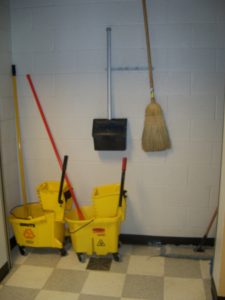
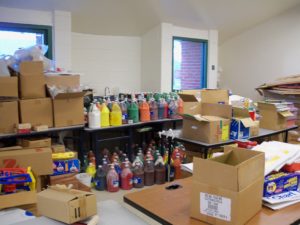

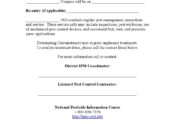
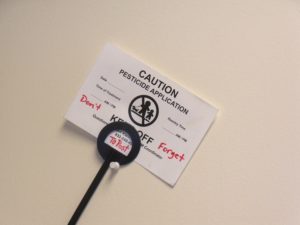

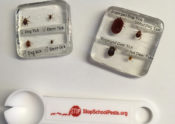

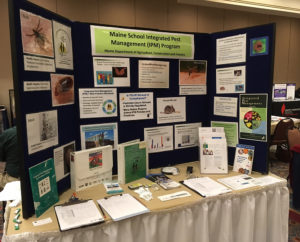
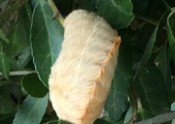
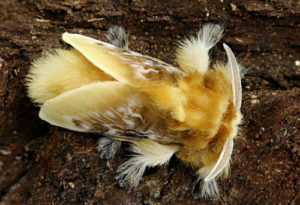
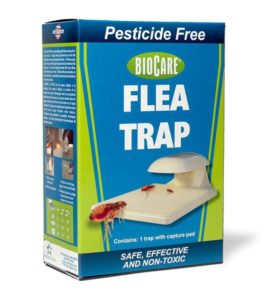

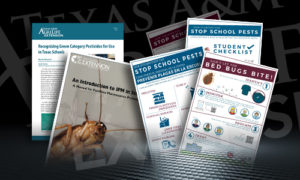
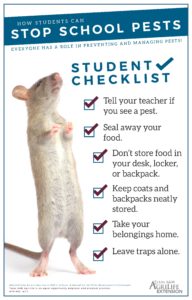
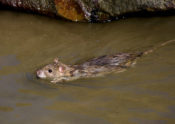
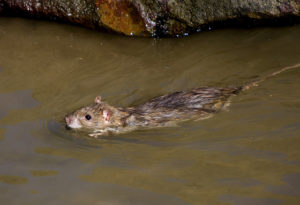

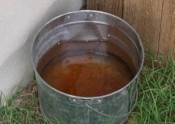

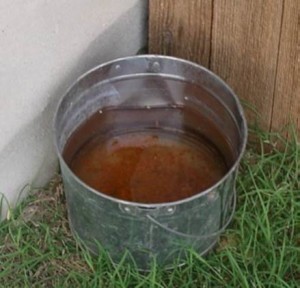
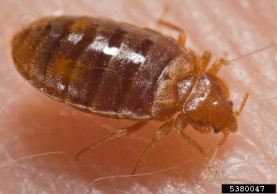



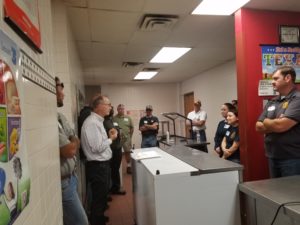

 .
.